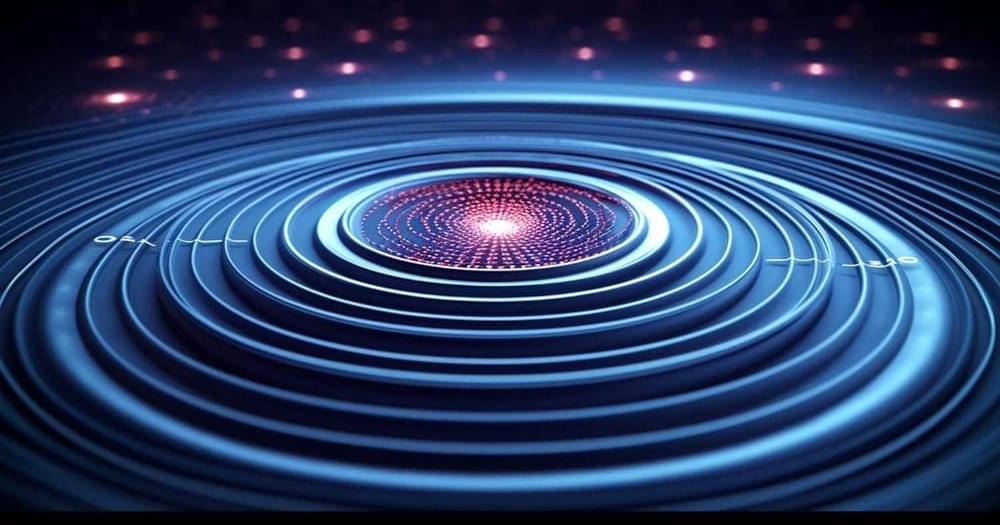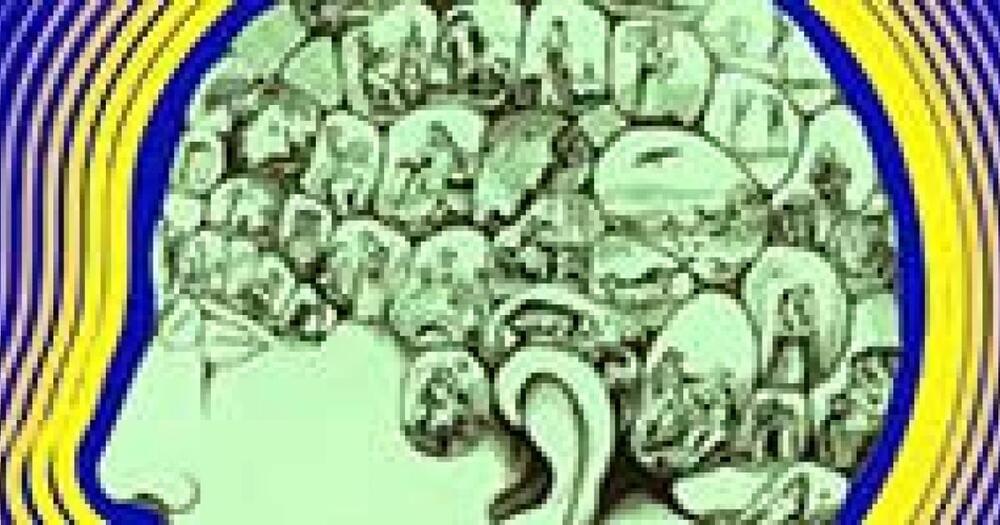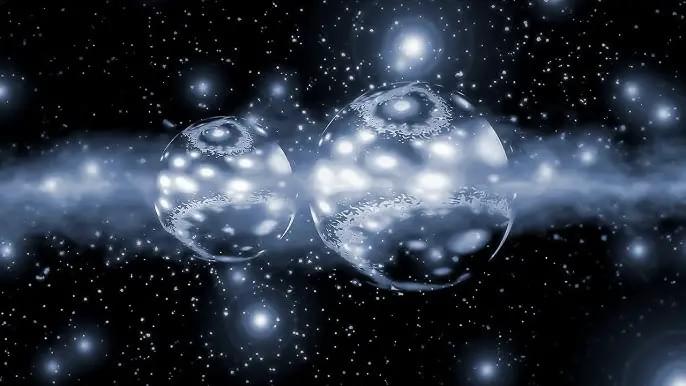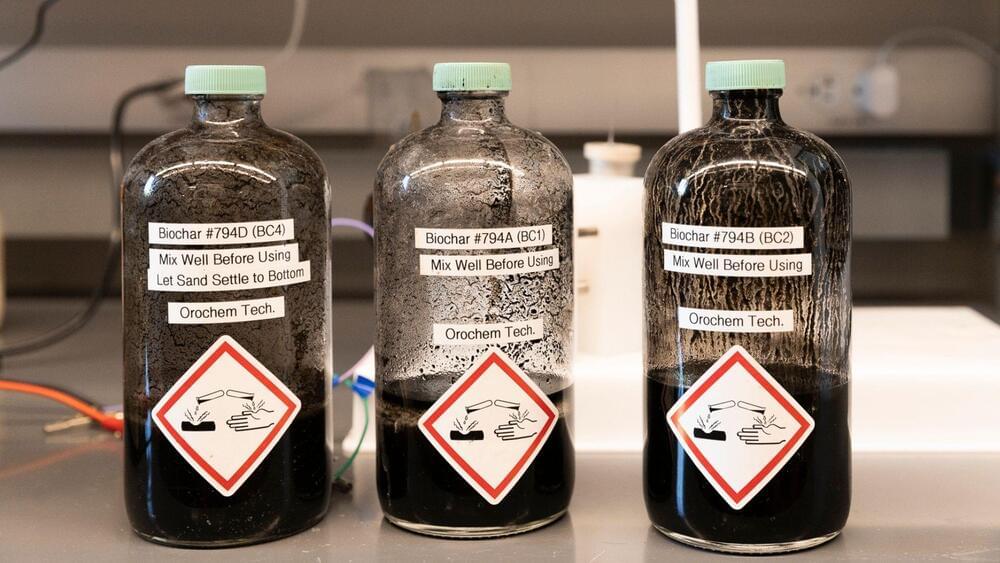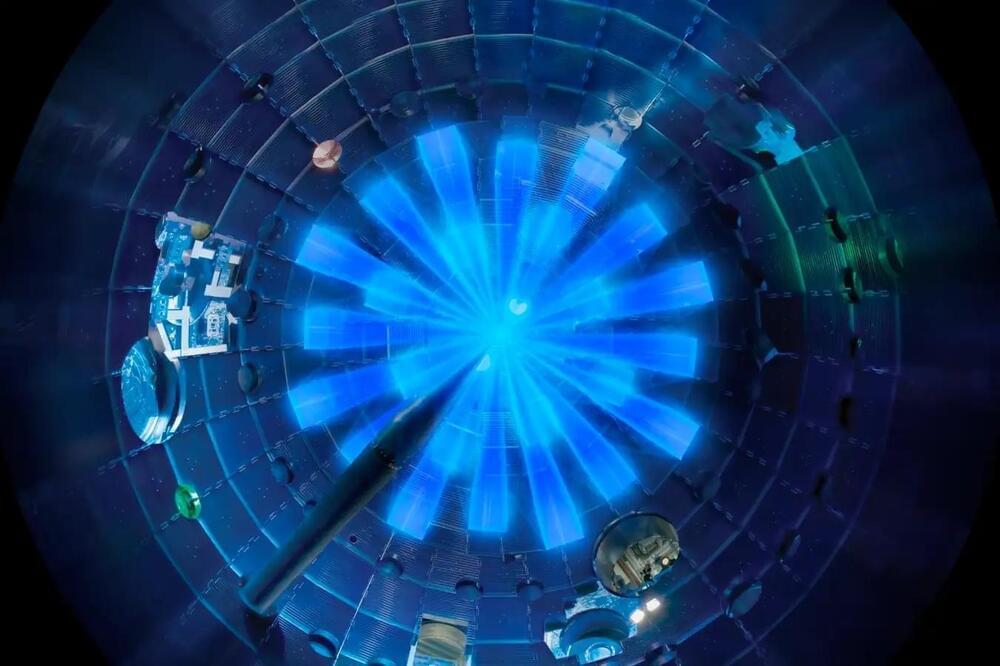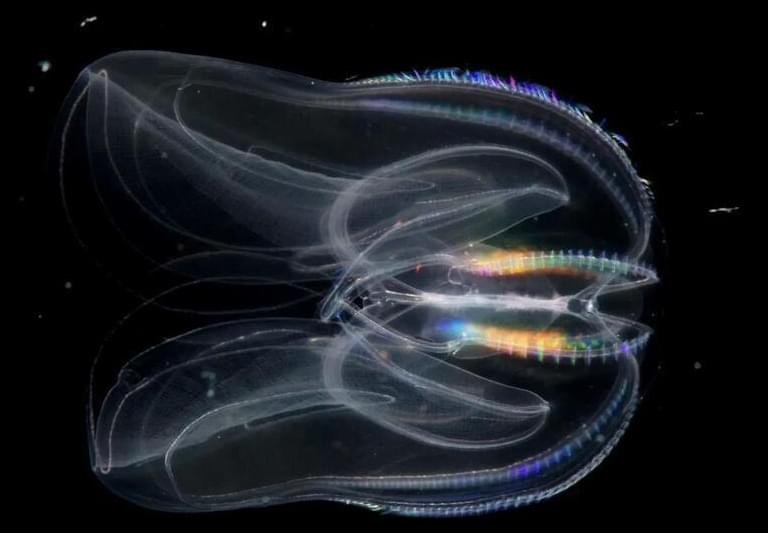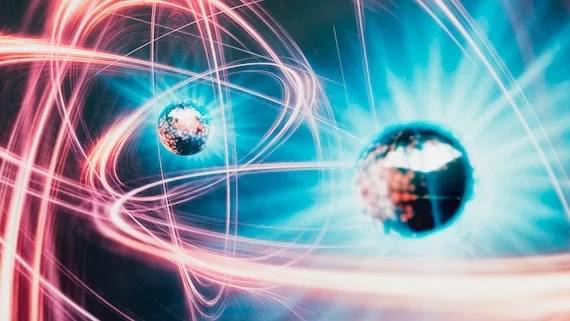Page 170
Oct 15, 2024
Take a look, and you’ll see, into your imagination
Posted by Omuterema Akhahenda in category: neuroscience
Kyoto, Japan — Scanning your brain to decode the contents of your mind has been a subject of intense research interest for some time. As studies have progressed, scientists have gradually been able to interpret what test subjects see, remember, imagine, and even dream.
There have been significant limitations, however, beginning with a necessity to extensively catalog each subject’s unique brain patterns, which are then matched with a small number of pre-programmed images. These procedures require that subjects undergo lengthy and expensive fMRI testing.
Oct 14, 2024
Quantum Experiment Reveals Two Realities Coexisting Simultaneously
Posted by Shubham Ghosh Roy in category: quantum physics
A quantum experiment revealed two observers can experience different, coexisting realities.
Our understanding of reality is often shaped by biases—our senses, cultures, and knowledge influence how we see the world. But even science, often regarded as a path to objective truth, may not always offer a single, consistent version of reality. A recent experiment testing a 1961 thought experiment by Nobel Prize winner Eugen Wigner highlights this issue, showing that two versions of reality can coexist in the quantum world.
Wigner’s Friend: The Thought Experiment Wigner’s thought experiment, known as “Wigner’s Friend,” explores a scenario in quantum mechanics where two observers can experience contradictory realities. The setup involves a quantum system, such as a photon with two possible polarizations (horizontal or vertical), that exists in a state of superposition, meaning both states exist at the same time until measured.
Oct 14, 2024
Scientists cook clean hydrogen from agri-waste with 600% less energy
Posted by Shubham Ghosh Roy in categories: climatology, solar power, sustainability
Rising emissions and climate change boost demand for renewable energy.
Researchers have developed a method to produce hydrogen gas from water using only solar power and agricultural waste like manure or husks.
Oct 14, 2024
Fusion experiment sets record, generating 10 quadrillion watts of power
Posted by Shubham Ghosh Roy in category: nuclear energy
Scientists achieved a record-breaking 10 quadrillion-watt energy burst using 192 giant lasers.
Researchers at the Lawrence Livermore National Laboratory in California have achieved a groundbreaking result in nuclear fusion by generating an energy burst of more than 10 quadrillion watts. This was accomplished by using 192 giant lasers to target a tiny hydrogen pellet, releasing 1.3 megajoules of energy in a fraction of a second. The experiment, carried out at the National Ignition Facility (NIF), marks a significant step forward in fusion research and brings scientists closer to achieving “ignition,” where a fusion reaction generates more energy than it consumes.
In this latest experiment, conducted at the NIF, researchers focused intense beams of light from the world’s largest lasers onto a pea-sized pellet of hydrogen. The lasers delivered an immense amount of energy to the pellet, causing it to emit 1.3 megajoules of energy in just 100 trillionths of a second. This amount of energy is equivalent to about 10% of the sunlight that hits Earth at any moment and is significantly higher than the previous record of 170 kilojoules.
Continue reading “Fusion experiment sets record, generating 10 quadrillion watts of power” »
Oct 14, 2024
Liver cancer stem cells shown to use immune system as shield to spark disease recurrence
Posted by Shubham Ghosh Roy in category: biotech/medical
A Stanford Medicine-led study found that residual liver cancer cells interact with neighboring macrophages to prompt the disease to reappear.
Oct 14, 2024
Quantum teleportation implies symmetry-protected topological order
Posted by Shubham Ghosh Roy in category: quantum physics
Now in Quantum: by Yifan Hong, David T. Stephen, and Aaron J. Friedman https://doi.org/10.22331/q-2024-10-10-1499
Yifan Hong, David T. Stephen, and Aaron J. Friedman, Quantum 8, 1499 (2024). We constrain a broad class of teleportation protocols using insights from locality. In the “standard” teleportation protocols we consider, all outcome-dependent unitaries are Pauli operators conditioned on linear functions of the measurement outcomes. We find that all such protocols involve preparing a “resource state” exhibiting symmetry-protected topological (SPT) order with Abelian protecting symmetry $\mathcal{G}_{k}= (\mathbb{Z}_2 \times \mathbb{Z}_2)^k$. The $k$ logical states are teleported between the edges of the chain by measuring the corresponding $2k$ string order parameters in the bulk and applying outcome-dependent Paulis. Hence, this single class of nontrivial SPT states is both necessary and sufficient for the standard teleportation of $k$ qubits. We illustrate this result with several examples, including the cluster state, variants thereof, and a nonstabilizer hypergraph state.
Oct 14, 2024
Cambridge uses AI to bring extinct animals to life at exhibit
Posted by Shubham Ghosh Roy in category: robotics/AI
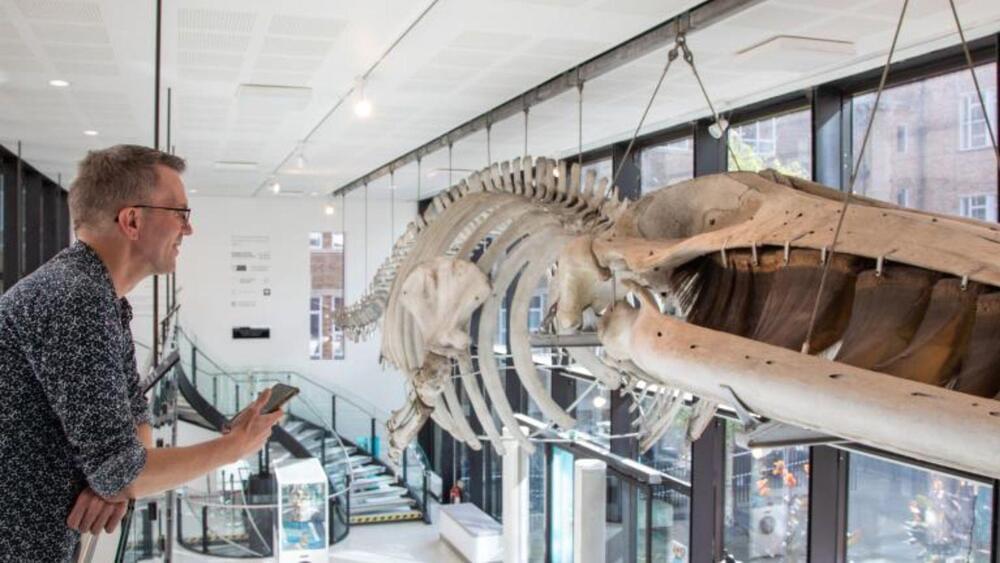
The creatures can chat with visitors via mobile, with personalities and accents.
Dead animals at Cambridge’s Museum of Zoology will converse with visitors using AI to share their life stories.
Oct 14, 2024
Scientists accidentally discovered deep-sea ‘jelly’ creatures fused into a ‘single entity’ after an injury
Posted by Shubham Ghosh Roy in category: neuroscience
Accidental Discovery in the Lab
The discovery happened unexpectedly during research on warty comb jellies (Mnemiopsis leidyi), also known as sea walnuts, in a lab at the University of Exeter. Researchers noticed that one jelly was missing from a tank, only to realize that a larger jelly was actually two individuals fused together. This accidental fusion occurred when the jellies sustained minor injuries. Excited by the finding, study lead author Kei Jokura immediately shared the discovery with other lab members.
The team then tested whether this fusion could be replicated. They injured 20 comb jellies by removing small sections of their bodies and placed them near each other. Out of the 20, nine pairs fused completely, typically within 24 hours. The merging process also affected their nervous systems, which synchronized rapidly. Researchers observed that the fused individuals reacted as one when poked, indicating a full integration of their neural functions.
Oct 14, 2024
Understanding Qubits: The Heartbeat of Quantum Computing
Posted by Shubham Ghosh Roy in categories: biotech/medical, computing, encryption, quantum physics
Discover how qubits, the building blocks of quantum computing, are revolutionizing fields like medicine and cryptography. Learn why they’re the future.
